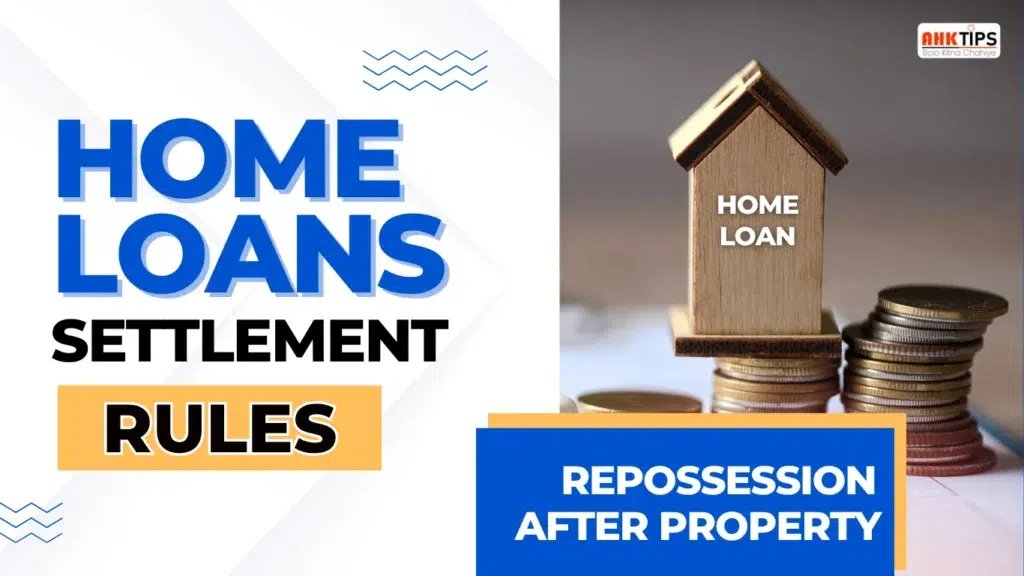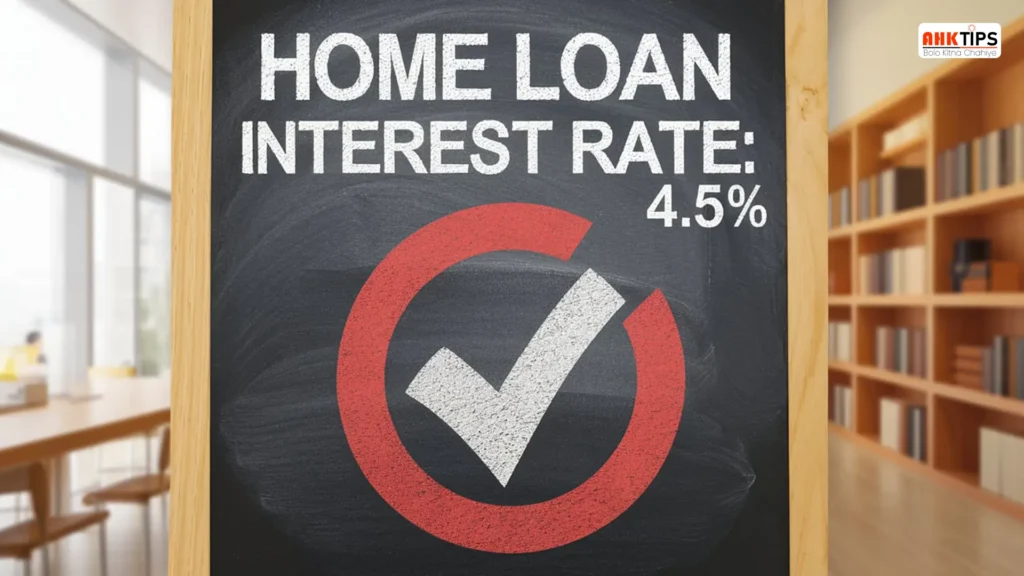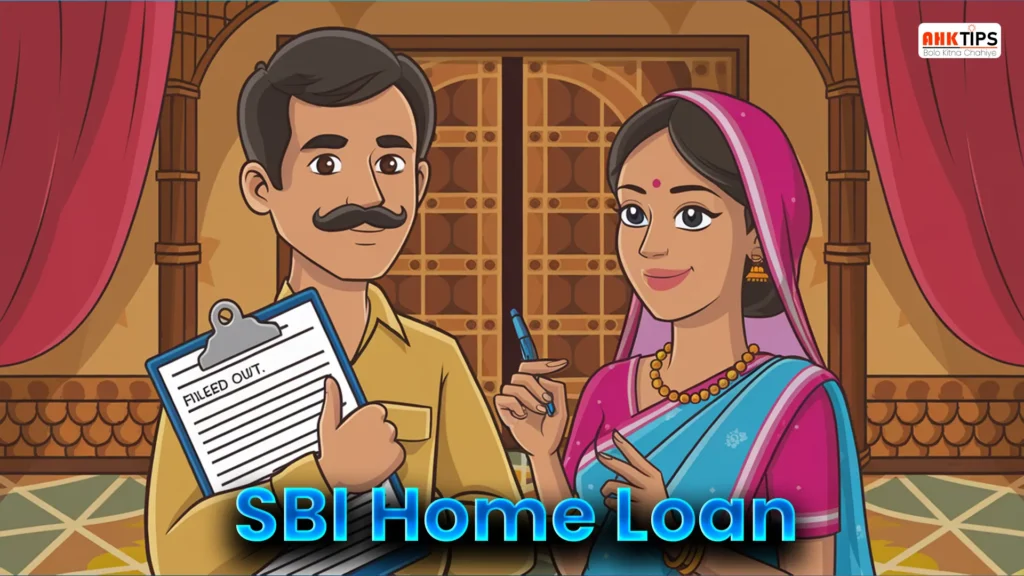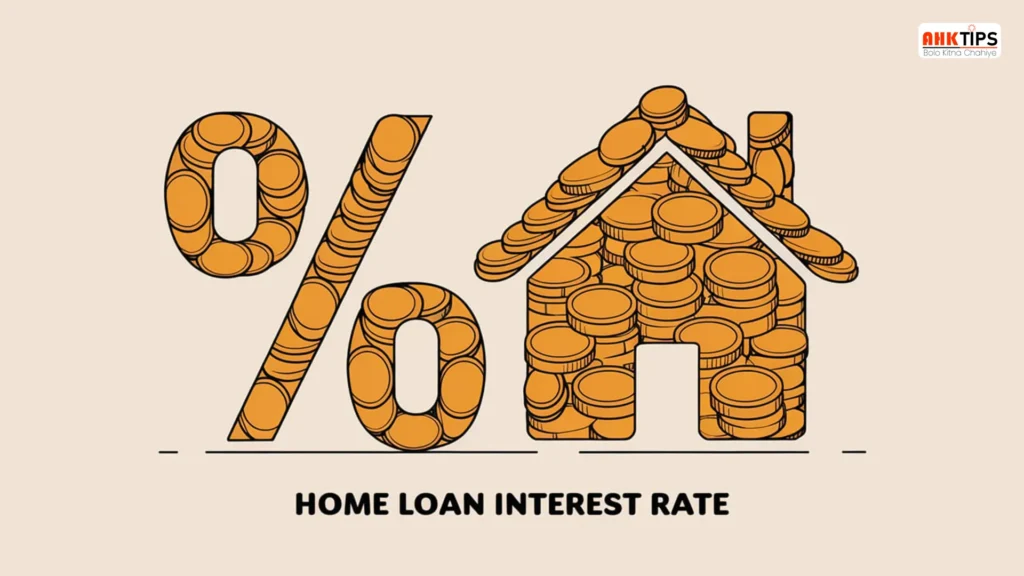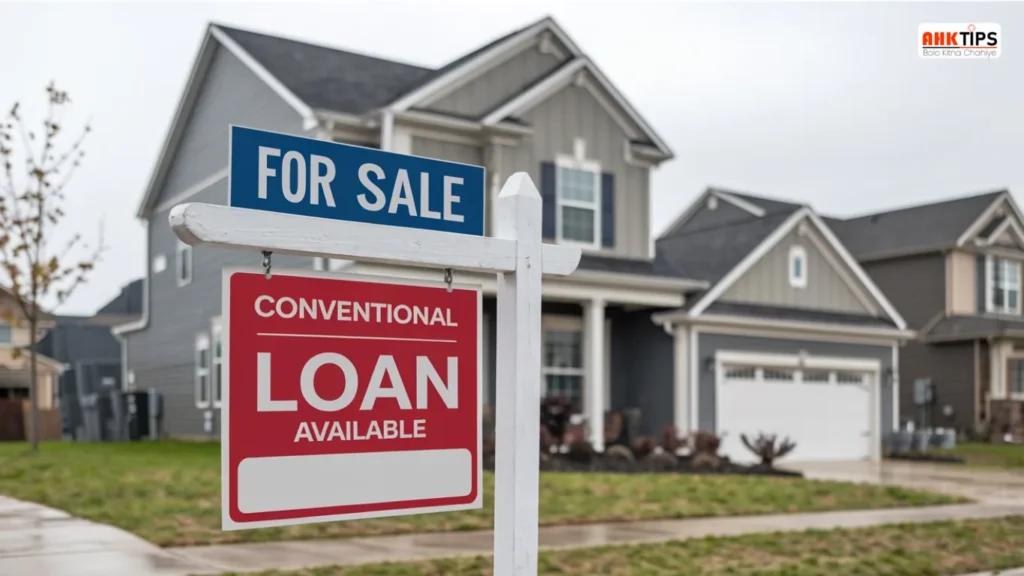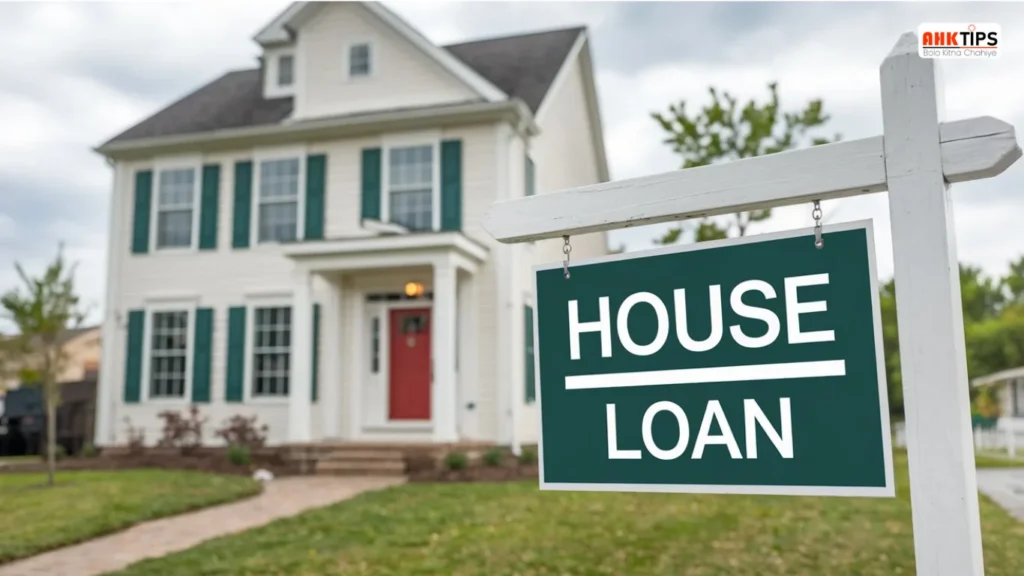Summary
A home loan settlement rules after repossession lets borrowers in India negotiate with lenders. They can pay a lower amount to settle their outstanding debt. When a property gets repossessed and sold, the borrower still owes the unpaid loan. We call this the deficiency balance. This guide lists the steps to work with the lender. First, offer a fair amount. Then, negotiate terms that make sense. Finally, finalise the legal settlement agreement, which is the key part.
If a borrower misses a payment or cannot pay, the lender will likely take legal steps to recover the debt. Borrowers should act without delay. They should also clarify all possible costs upfront. If they need help, they should seek guidance. A fair settlement can help prevent extra financial losses and legal issues. It also gives the borrower a new financial beginning.
Introduction
Losing your home due to missed loan payments can be stressful. But even after repossession, you remain responsible for the debt. If a lender repossesses your property, you might owe money if the sale doesn’t cover the loan balance. In this case, the home loan settlement process can help you negotiate a payoff amount with the lender. This method helps you close your loan account in a short amount of time. It also cuts costs for both sides. Many borrowers don’t know about this process or how it can help them avoid legal and financial issues.
This article explains what happens after repossession. It also covers how to begin a home loan settlement and the rules for both parties involved. It also explains how to negotiate a valid, fair, and binding settlement agreement. This article can help you find better money options if you’ve faced a repossession or are in a settlement.
Understanding Home Loan Settlement Rules After Property Repossession: A Complete Guide
When a borrower goes into default on their home loan, the lender may take possession of the property to recover the amount owed. This does not end the process for the borrower. Borrowers still have a chance to settle the home loan to avoid complications going forward. This guide website outlines the home loan settlement laws after repossession of the property, the process, and the legal implications that borrowers need to know.
What Happens After Home Loan Repossession?
Home loan repossession occurs when the borrower defaults on their home loan, and the lender takes possession of the property that was leveraged as security. Repossession is a very stressful experience, but it is important to know that it is just one part of the process. The lender can then sell the repossessed property (at auction) to recover the amount owed on the home loan. If it does not sell for the full amount of the loan, the borrower remains liable for the unpaid amount on the loan. This is where home loan settlement comes into play.
What is Home Loan Settlement After Property Repossession?
Home loan settlement rules after repossession is when the borrower and lender come to an agreement to pay off the remaining loan balance after the property is repossessed or sold at auction. The borrower may negotiate a lower amount to be paid to the lender to satisfy the loan. This allows the borrower to settle the loan without having to pay the entire loan balance, usually at a lower figure.
Steps to Settle Your Home Loan After Repossession
Determine Outstanding Loan Amount
The first step in the home loan settlement rules process is to determine the exact outstanding balance on the home loan after the repossession. This total includes principal, interest payments, penalties, and any other charges applied by the lender. Knowing the full balance owed will provide you with clarity of the terms of a settlement you can offer.
Make Contact with the Lender
After understanding the full loan balance, the next step is to contact the lender and discuss settlement. It is important to do so as soon as possible after repossession. The lender may be willing to negotiate terms worth settlement, in particular if the property has been sold and there is still a loan balance owing.
Make a Settlement Offer
You should make a settlement offer based on your financial capacity. You will find that lenders are often willing to accept a lesser amount when the borrower is unable to fully pay the balance. The amount should be realistic, as this increases the likelihood that the lender will agree to the settlement terms.
Negotiate the Terms
The terms are the negotiating part of the settlement process. Some lenders may offer a lesser amount initially, while others will take a payment plan. Make sure that the settlement terms and payment are documented thoroughly and include the amount you are settling for, the payment method, and when it must be fully paid.
Sign a Settlement Agreement
Once you and the lender have cagreedto settle for a specific amount, the next step is to sign a settlement agreement. The settlement agreement will describe the details of the settlement. It is often legally binding and will describe your payment amount and any provisions to close the loan. Be sure to read the entire settlement agreement and seek legal advice if you believe it is necessary.
Legal Implications of Home Loan Settlement Rules After Repossession
Impact on Credit Score
When a home loan has been settled after repossession, it will have a serious impact on your credit score. While the loan is settled, it will show as a “settled” loan, not “paid in full” on your credit history. This may impact your creditworthiness or ability to get a loan in the future.
Deficiency Balance
If the proceeds of the sale of property do not cover the full loan amount, the borrower may be asked to pay this deficiency balance. The deficiency balance denotes the amount remaining owed by the borrower after the property has been sold. If the borrower is unable or cannot pay the deficiency balance, the borrower can try to negotiate a settlement to lower the deficiency balance or waive the deficiency balance altogether.
Legal Proceedings
If the borrower does not agree to settle the loan, or defaults on the settlement terms, the lender can initiate loan recovery proceedings. Home Loan settlement rules recovery proceedings include bringing a suit in court, which can create further damage to the borrower’s financial health and credit worthiness.
Tax consequences
In some circumstances, the forgone loan will be seen as income, and will therefore be taxed by the Income Tax Department. It is a good idea to speak with a tax advisor to understand the tax implications of settling a home loan after repossession.
Key Considerations When Settling a Home Loan After Repossession
Timing of Settlement
The timing of the settlement has a major impact on the success of the settlement process. It is preferable to start settlement discussions as soon after the repossession as possible. Waiting only complicates the settlement process. The complexity of the settlement increases when a lender starts legal action to collect the remaining amounts owed to them.
The Role of Third-Party Agencies
Some borrowers rely on third-party agencies to assist with loan settlements. While agencies can sometimes settle deals with lenders on behalf of borrowers, borrowers should be cautious and make sure that they are dealing with an agency that is legitimate and trustworthy. As a matter of course, always check that the agency is legitimate and seek legal advice before utilising any third-party assistance.
Financial Planning After Settlement
Once the home loan has been settled, borrowers should focus on rehabilitating their borrowing position. This may entail saving money, paying off debt, and repairing their credit file. Financial rehabilitation will prevent further loan defaults in the future and improve the chances of getting any credit in the future.
It is always important for the borrower to understand the home loan settlement rules process after property repossession, especially if they are in this unfortunate situation. If you follow the process outlined in this document, you can work through the settlement with a clear plan, reduce the extent of financial damage and start a fresh financial existence.
How to Settle Your Home Loan After Property Repossession: Key Rules and Steps You Should Know
It can be very stressful to have your home taken back because you didn’t pay your mortgage. But the process doesn’t stop when the property is taken back. Borrowers still have a chance to pay off their house loan with the lender. You may close the problem quickly and move on if you know the laws for settling a house loan and follow the correct measures. This book gives you all the important information you need to know about how to settle your house loan after your property has been repossessed, how to negotiate with the bank, and the most important rules to follow.
What Happens After Property Repossession?
If a borrower doesn’t pay back their home loan, the lender can start the process of repossessing the property to get the money back. The lender might sell the property at auction once it has been repossessed. But the money from the sale could not always cover the full amount of the loan, which means the borrower is still responsible for the rest. This is when the process of settling comes in.
Home Loan Settlement After Repossession: Key Rules
Deficiency Balance
In most cases, selling the repossessed property will not cover the home loan balance. The unpaid portion of the loan is called the deficiency balance. Deficiency balances are still owed by borrowers even after a repossession. However, lenders may be willing to negotiate the amount they will accept.
Settlement Is Voluntary But Negotiable.
In most situations, home loan settlements after repossession are voluntary, meaning that the borrower needs to work with the lender to settle the debt. Usually, lenders want to discuss a settlement amount, especially if they are concerned that the borrower may have trouble paying the full amount. The amount the lender is willing to accept will depend on the borrower’s financial situation and their ability to make a lump sum payment or enter into a payment plan.
Impact on Credit Score
Your credit score still suffers when you settle a home loan settlement rules after repossession. On your credit report, the loan will be shown as “settled” – as opposed to “paid in full.” A “settled loan” can remain on your credit report for a considerable length of time ,often making obtaining future loans or credit very challenging. So yes, you are still better off paying out the loan than leaving the debt unpaid, or allowing the lender to take further steps legally.
Legal Issues
While the settlement may be immediate and fifinalisedyou need to be aware that lenders may take legal action should the borrower default on the settlement terms. If there is no settlement reached, the lender will pursue legal action against the borrower to obtain the remaining money owed after repossession. Therefore, to not encounter any issues in the future, make sure the final settlement is legally binding in writing, signed by both parties.
Steps to Settle Your Home Loan After Repossession
Contact the Lender as Soon as Possible
After your car is repossessed, you should call your lender right away. Don’t put off the talks about a settlement, because the lender may take more legal action if no agreement is reached. Getting in touch with the lender early demonstrates that you want to work things out and can help you get a better deal during discussions.
Assess Your Financial Situation
Take a good look at your finances before you start the settlement procedure. How much can you afford to pay to settle? If lenders feel that your offer is realistic and fits with your financial situation, they are more inclined to accept it.
Make a Settlement Offer
You can make a settlement offer to the lender once you know exactly how much money you have. Usually, the borrower offers a lower sum, and the lender may agree to take it to shut the loan account. Depending on how much you can afford to pay, the lender may also offer a lump-sum settlement or a payment plan. Be honest and attempt to get the best bargain you can.
Review the Home Loan Settlement Rules Terms
Read the settlement agreement carefully once the lender accepts your offer. This is a legally enforceable contract, so you’ll want to have all the specifics: the settlement amount, how it will be paid, when it will be paid, and any other restrictions, all clearly defined. If you need to get legal advice to make sure that the terms are reasonable and appropriate for your protection, obtain that assistance before you sign.
No-Dues Certificate
Finally, always ask the lender for a No Dues Certificate after you pay the settlement amount. A No Dues Certificate shows that the loan has no balance owing and there are no claims against you for any other debt.
Important Considerations in the Settlement Process
Penalties and Fees
When a lender takes back a property, they may charge the borrower extra fees, interest, and penalties on the amount still owed. When trying to settle, it’s crucial to know about these extra charges. Some of these fees may be negotiable, and as part of the settlement, you can work with the lender to lower or get rid of some of the penalties.
Tax Implications of Loan Forgiveness
In a few cases, the lender may forgive some of the home loan amount post-closing. The forgiven amount might be regarded as income by the Income Tax Department and taxable. You should consult a tax professional to investigate how the settlement will affect your taxes.
Looking for Third-Party Assistance
Some borrowers decide to seek a third party, or a lawyer, who can assist them with the settlement even though they can communicate directly with the lender. You should do your due diligence when utilising these services and make sure they are above board about their fee. Always verify that they are qualified and review the documented comments regarding their service before proceeding.
By following these steps and knowing the rules when dealing with home loan settlement after a property repossession, the borrower can clear their outstanding loans easily and avoid further issues. Acting quickly, negotiating appropriately, and making sure that all terms are documented as binding are essential to your financial future.
Conclusion
Paying off your home loan settlement after property repossession is a key step. It helps you move forward and regain financial stability. Discharging your debts may feel tough, but it can be easier than you think. Act early, be honest about your finances, and engage in negotiation with integrity. This way, you can simplify the process. Make sure you read and understand the settlement principles before accepting. You need a written agreement that holds legally binding authority. Also, request a No Dues Certificate when you make the payment. Remember, a repossession and settlement can hurt your credit history. Also, there could be tax issues if you discharge or forgive the debt. If you are unsure about the process, it is always prudent to seek professional advice. Know your rights and follow the right steps. This way, you can find a solution and begin planning for your financial future.
FAQs
The deficiency balance is the amount of the loan that is left owed following the sale of your property.
Yes, you can talk to the lender about paying less to clear the rest of the debt.
Yes. Your credit report will show that the loan is “settled,” not “closed.” This could reduce your credit score.
Definitely. A No Dues Certificate shows that your loan is paid off in full and protects you from future claims.

